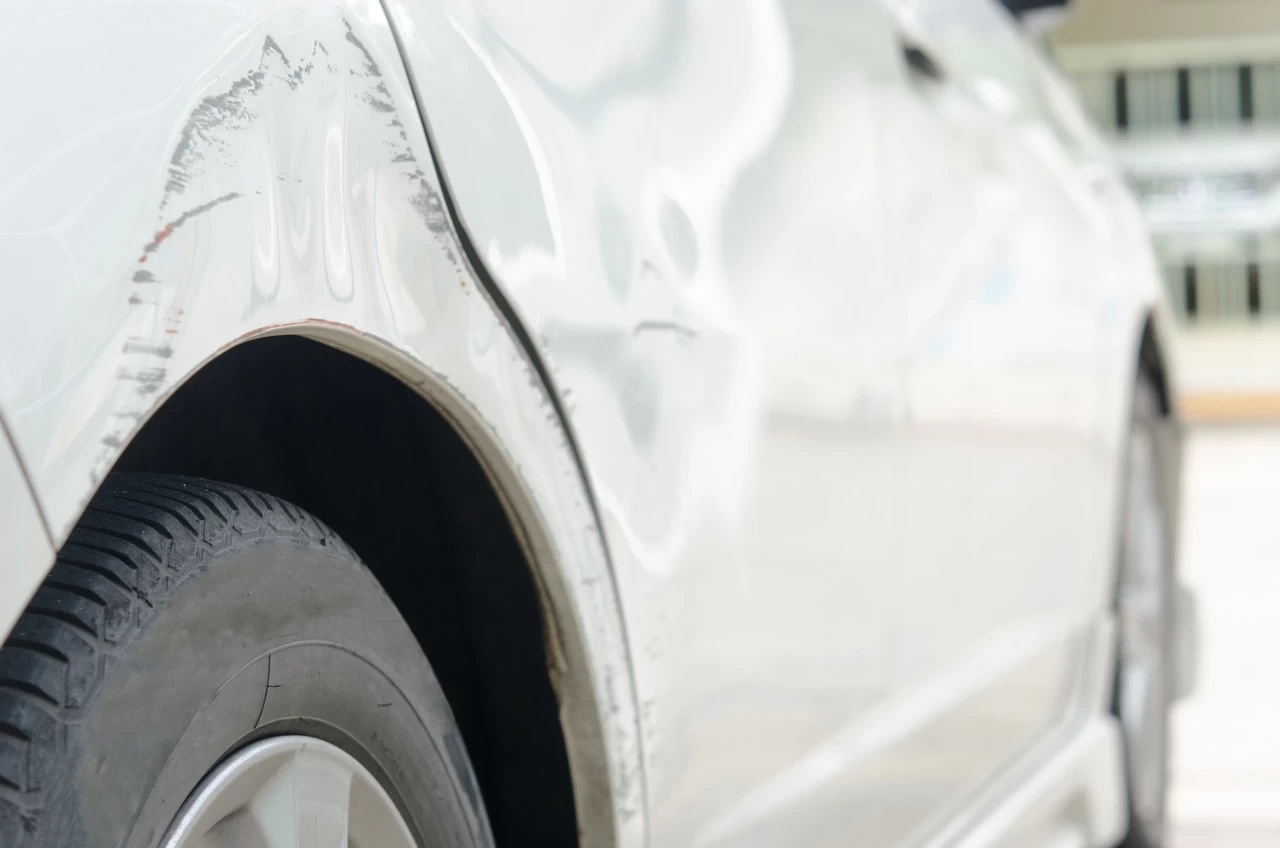If you have ever owned a car, you know how frustrating it can be to find a dent on it. Whether it’s a result of a minor collision, hailstorm, or even a runaway shopping cart, dents can ruin the appearance of your vehicle and affect its resale value. Fortunately, there is a solution: paintless dent repair (PDR). In this article, we will explore everything you need to know about PDR, including what it is, how it works, and its benefits.
Table of Contents
- What is Paintless Dent Repair (PDR)?
- The History of PDR
- How Does PDR Work?
- The Advantages of PDR
- The Cost of PDR
- How to Find a Qualified PDR Technician
- Common Misconceptions About PDR
- The Future of PDR
- PDR vs. Traditional Dent Repair
- The Best Situations for PDR
- DIY Dent Repair vs. Professional PDR
- PDR Tools and Techniques
- Frequently Asked Questions About PDR
- Conclusion
- FAQs
What is Paintless Dent Repair (PDR)?
Paintless dent repair, also known as paintless dent removal, is a technique used to remove minor dents and dings from a vehicle without the need for painting or filling. PDR is a non-invasive method of dent removal that preserves the original factory finish of your car, making it look as good as new. PDR is used to repair small to medium-sized dents caused by hail, door dings, and other minor accidents.
The History of PDR
The history of PDR dates back to the 1940s when car manufacturers began using lighter and more flexible metals in their vehicles. These materials were more prone to dents and dings than the previous heavy gauge steel. In response, technicians developed PDR as a more efficient and cost-effective method of dent removal. The technique gained popularity in the 1980s and 1990s, and it has continued to evolve and improve ever since.
How Does PDR Work?
PDR is a precise and intricate process that requires specialized tools and techniques. The goal of PDR is to remove dents from a car’s body panel without damaging the paint or finish. To do this, a technician will use specialized tools to carefully massage the dent out from the inside of the panel. The technician will use a combination of pushing, pulling, and tapping techniques to slowly and carefully reshape the metal until the dent disappears.
The Advantages of PDR
There are many advantages to choosing PDR over traditional dent repair methods. First and foremost, PDR is much less expensive than traditional dent repair methods, which often involve sanding, filling, and painting. PDR also takes less time to complete than traditional methods, allowing you to get back on the road faster. Additionally, PDR is a non-invasive method of dent repair that preserves the original factory finish of your car, helping to maintain its resale value.
The Cost of PDR
The cost of PDR varies depending on the size and location of the dent, as well as the experience and expertise of the technician. On average, PDR can cost between $75 and $250 per dent, which is much less expensive than traditional dent repair methods.
How to Find a Qualified PDR Technician
Finding a qualified PDR technician can be a daunting task. It is essential to choose a technician who has the proper training, experience, and tools to perform PDR safely and effectively. You can start by asking for recommendations from friends and family, or by checking online reviews. Look for a technician who has been in business for several years and who offers a
lifetime warranty on their work. You can also check if the technician is a member of a professional PDR association, such as the National Paintless Dent Repair Association.
Common Misconceptions About PDR
There are several common misconceptions about PDR that we should address. First, PDR is not just for removing dents caused by hail or other weather events. It can also be used to repair door dings, dents caused by minor accidents, and even some larger dents. Second, PDR is not a DIY method of dent removal. Attempting to perform PDR on your own can cause further damage to your car’s body panels and may ultimately end up costing you more in repairs.
The Future of PDR
As cars continue to evolve, so too will PDR techniques and tools. Some experts predict that PDR may become even more popular as car manufacturers continue to use lighter and more flexible materials in their vehicles. Additionally, advances in technology may lead to the development of new PDR tools and techniques that are even more efficient and effective than those currently in use.
PDR vs. Traditional Dent Repair
PDR is a great option for minor dents and dings, but it is not suitable for all types of damage. Traditional dent repair methods, such as sanding, filling, and painting, are still necessary for larger dents and dents that have damaged the paint or finish of the car. However, traditional dent repair methods are generally more expensive and time-consuming than PDR.
The Best Situations for PDR
PDR is best suited for small to medium-sized dents that have not damaged the paint or finish of the car. PDR is a great option for dents caused by hail, door dings, and minor accidents. However, it may not be suitable for larger dents or dents that have caused significant damage to the car’s body panels.
DIY Dent Repair vs. Professional PDR
Attempting to perform PDR on your own can be dangerous and may ultimately end up costing you more in repairs. Professional PDR technicians have the training, experience, and specialized tools needed to perform PDR safely and effectively. Additionally, professional PDR is often much less expensive than traditional dent repair methods.
PDR Tools and Techniques
PDR technicians use a variety of specialized tools to perform dent removal, including metal rods, hammers, and suction cups. PDR techniques involve carefully manipulating the metal from the inside of the panel to restore it to its original shape. PDR requires a great deal of skill and expertise, and not all technicians are created equal. It is essential to choose a qualified and experienced PDR technician to ensure the best possible results.
Conclusion
If you have a minor dent or ding on your car, paintless dent repair (PDR) may be the solution you need. PDR is a non-invasive method of dent removal that preserves the original factory finish of your car, making it look as good as new. PDR is less expensive and takes less time to complete than traditional dent repair methods, and it is a great option for small to medium-sized dents caused by hail, door dings, and minor accidents.
FAQs
- Is PDR suitable for all types of dents?
A: PDR is best suited for small to medium-sized dents that have not damaged the paint or finish of the car. It may not be suitable for larger dents or dents that have caused significant damage to the car’s body panels.
- Can PDR be used to remove dents caused by accidents?
A: PDR is suitable for removing some dents caused by minor accidents, but it may not be suitable for larger dents or dents that have caused significant damage to the car’s body panels.
- How long does PDR take to complete?
A: The time it takes to complete PDR depends on the size and location of the dent, as well as the experience and expertise of the technician. On average, PDR can take between 30 minutes and a few hours to complete.
- How much does PDR cost?
A: The cost of PDR varies depending on the size and location of the dent, as well as the experience and expertise of the technician. On average, PDR can cost between $75 and $250 per dent.
- Does PDR affect the resale value of my car?
A: No, PDR does not affect the resale value of your car. In fact, because PDR is a non-invasive method of dent removal that preserves the original factory finish of your car, it can help maintain its resale value.


